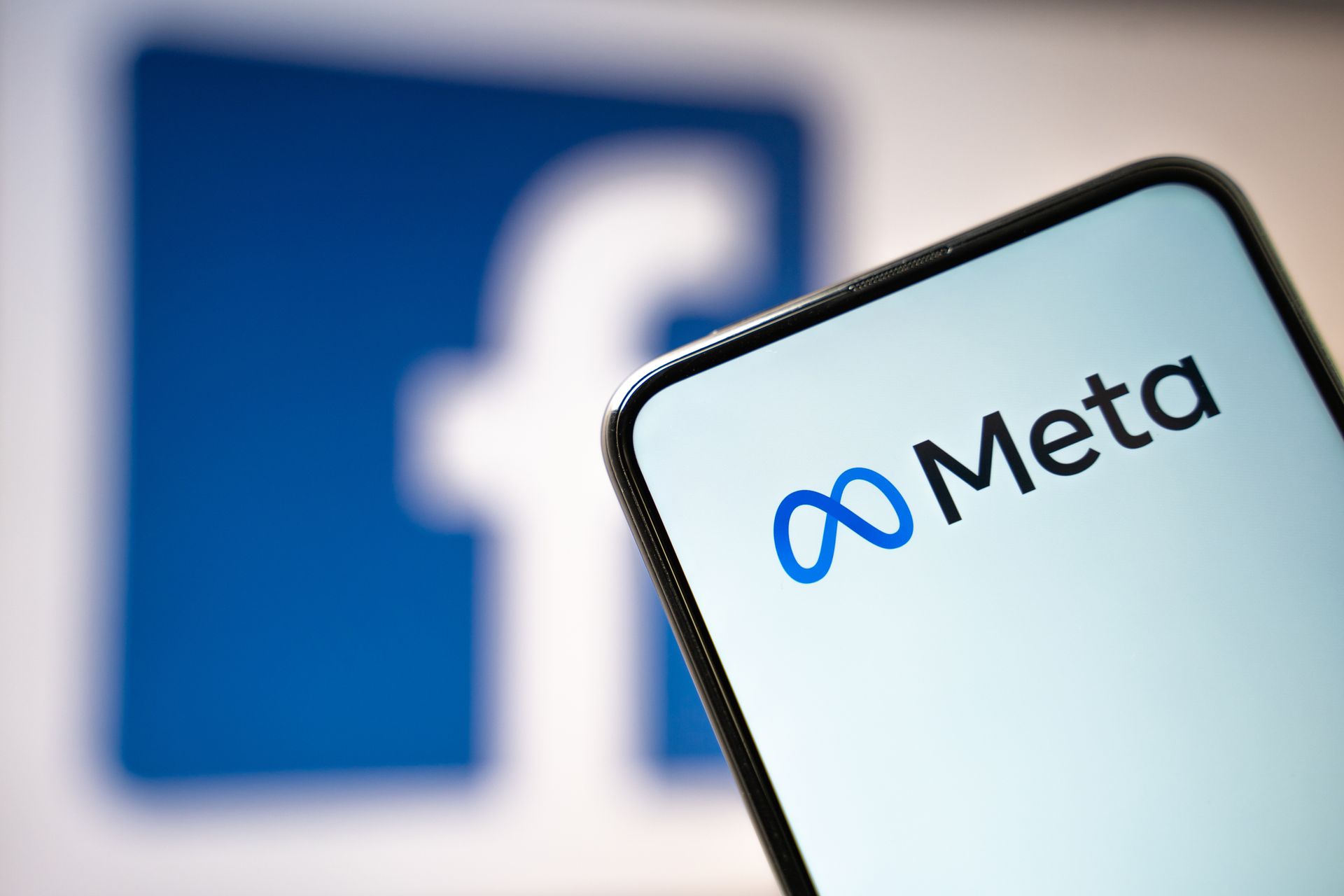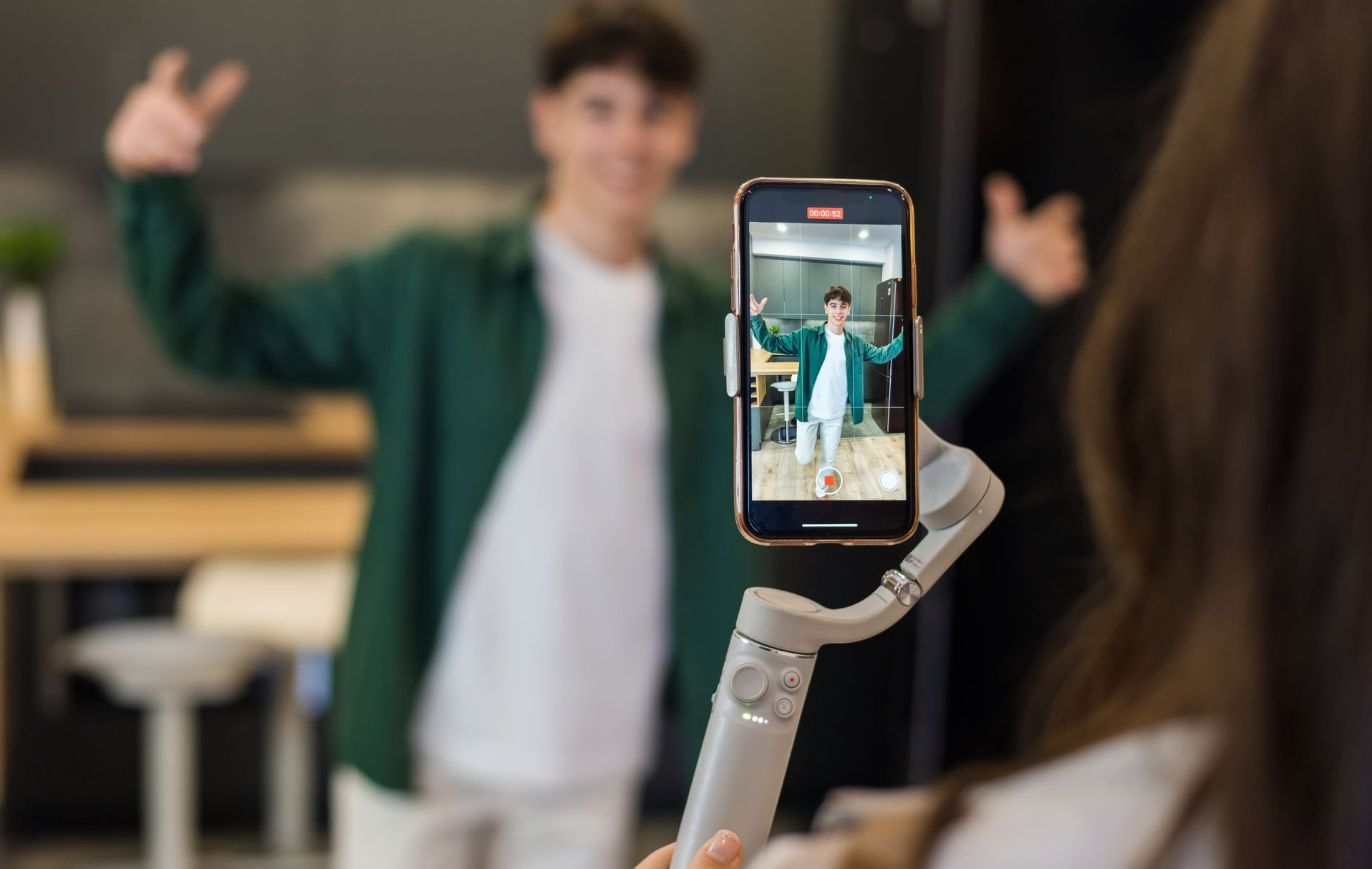5 Irrefutable Reasons for Inbound Marketing
More and more often, we are hearing marketers and business owners alike state that they are hearing about this “inbound marketing” at conferences and in their email inboxes. Certainly, there must be something to this increasingly ever-present subject matter. Well, in fact, there is.
Inbound marketing is a term that was dubbed by the founders of HubSpot, our systems provider and partner. Inbound marketing is marketing that is non-intrusive and specifically requested by viewers. It is being found when people WANT to find out about you on social media platforms and search engines. It is being seen as an authority in your field of expertise or industry by your audience and by the search engines.
Inbound Marketing only begins there. Once you gain the interest of your audience, that’s where the real fun of inbound marketing really begins! Blogging, email marketing, landing pages- Oh My! Capturing the needs and desires of each member of your audience allows you to “feed” them exactly what they want – authoritative, informative content.
In my daily activities, here at BlinkJar, I find myself consistently intrigued by the news that comes out, in “fire-hose feed strength,” concerning influences on inbound marketing and the reasons we show up everyday. I have identified 5 that everyone should know because of the significant way in which they impact inbound marketing.
1. Blogging Boosts Your Website’s Effectiveness
Look at your blogs as pages of a book- a book being read and indexed by the search engines. The more pages that you have, the more authoritative you appear to the search engine; the more authoritative you appear, the more frequently your results will be served up in the Search Engine Results Pages (SERPs). Naturally the closer you are to being in the top 3 organic results, the more likely your information and website will be referenced.
Each blog article is a discussion on a specific subject, on which a searcher has requested information. By pushing out consistent, high quality blog articles, you effectively place your information on the search engines and get found when your content is requested (provided, of course, that you have properly optimized your blog articles). Blogs are evergreen, meaning that you will have that information indexed for future discoveries, indefinitely funneling more traffic to your website!
According to the lovely data miners at HubSpot:
- Companies who blog receive 55% more visitors to their website
- Blogging creates 97% more inbound links (basically recommendations of your info)
- 62% of marketers surveyed will blog in 2013
2. Organic Search Continues to be the Winner
When it comes to finding information, we no longer wait for answers. We Google it. Yes, using search engines has become such a commonality that we have created a new verb in the English language from the most popular search engine (garnering 65-70% of all search engine usage)- Google. Whether shopping or researching for information, virtually all people start with a Google search (or Bing, or yahoo- you get the picture). In fact, 92% of Americans use search engines.
It’s amazing, though, that search engines only get 4% of total time online. Why is that? Well, search engines are the new yellow pages, in that they are directional drivers. Search engines get online users to their information destination, where they spend significantly more time. It is this fact that makes being found on the first page of the SERPs so incredibly important (in the organic results).
Your inbound marketing efforts are what will make that 4% of online time turn searchers into valuable consumers of YOUR information, fulfilling their needs, and hopefully, making them customers.
- 44% of online shopping starts with a search engine
- 70% of all search clicks are organic results
3. Social Media is Your Inbound Personality
There’s no disputing the benefits of social media marketing, as it allows followers an opportunity to see the personality of an organization. Companies have also realized the huge advantage to developing their social media audiences, as more and more are finding customers on these platforms (see bullet points below).
Social media is a key component to inbound marketing because it drives users to your website. People who are interested in what you are discussing on Twitter, or who find your business intriguing on LinkedIn, or those who click in to your most recent hysterically funny video on Facebook- they are all inbound leads gained from social media marketing.
Our friends at HubSpot did a little research on their customers’ social media usage and here are a few of their findings:
- 27% of all time spent online is on social sites
- 93% of all adult American internet users are on Facebook
- 52% of marketers have found customers on Facebook
- 43% of marketers have found customers on LinkedIn
- 36% of marketers have found customers on Twitter
4. Email Marketing is Becoming the New Sales Driver
Email marketing has grown significantly over the past few years, and it is, no doubt, a direct correlation to better email segmentation and workflows. One of the most effective marketing methods is emailing customized and relevant correspondence and content to a list of people who have opted in for that email, making email marketing another key component of a well-rounded inbound marketing campaign.
In a recent study by Custora, customer acquisitions have increased 4 fold with email marketing since 2009! With numbers going from .88% of total customers acquired being by email marketing in 2009 to 6.84% in 2013 (Q2 numbers) a clear indication of the desire of many online users to have their inboxes met with information and sales that they find valuable and remarkable. Better email marketing and segmentation of audiences is, no doubt, the reason for this increase in customer acquisitions. Users are becoming more and more affectionate and actionable to the emails hitting their inboxes.
5. Information Overload = Acclimation to Tuning Out Noise
Modern society has become supremely adept at ignoring what does not apply to them or pique their interests. Marketing is everywhere. Estimates of exposure to approximately 5,000 marketing messages each day means that our ability to tune out marketing messages has come as a direct result of the ever growing marketing deluge.
Radicati Group reports that the world has 3.6 Billion email accounts, with 25% of those being corporate and the other 75% being consumer accts. The average corporate email account receives 115 emails a day in 2013. Most email accounts have spam filters, but even if 100% of emails landing in inboxes are well received, it's still a significant amount of additional information added to our daily consumption.
Business Insider details results of an Experian survey and concluded that text messages are another source of information overload and daily distraction. Text messages hit US smartphones on average 30-37 times per day for 25-44 year old users and 17.5 times per day for 45-54 year old users. The number declines significantly after this age group, and the 18-24 year old group seems to have an addiction, with nearly 70 texts per day.
Then, there is Facebook. With 55 million status updates daily, it’s no wonder that it has become one of the biggest time sucks and challenges to productive life everywhere! Social media in general has made connectivity and personal news so much easier to maintain than when we were all only able to catch up in person, by phone, or handwritten letters (what are those??).
With so much noise in a day, it's no wonder that the best received messages are the ones that consumers have asked for. This is where inbound marketing plays to a business' advantage! Having already captured the consumers attention when they were looking for authoritative content, they requested communication of certain content from you. Now, you are able to provide information to them that has been requested, and they will lovingly consume it on social networking sites, search engines, and in emails.
So, Now You Know
Inbound marketing works because consumers lower their defenses and allow your message in. That is how it has become so incredibly powerful to marketers. Inbound marketing has grown 50% YOY for the past 3 years, according to HubSpot, with no signs of slowing.
At BlinkJar, we love that the science of inbound marketing has been shared by HubSpot with us, and we get to practice everyday. The world of inbound marketing changes multiple times a day, 365 days a year- as it is impacted by all the constantly changing feeders into the "hub" (i.e. Google, Facebook, Twitter, etc).
The one thing that never changes with us is that we believe in the power. We have seen the analytics on our clients' campaigns and with assured confidence, we can say that inbound marketing works. The reasons listed above are merely the proof for what we do and only skim the surface of our activities that make campaigns work.
If you have made it to this point in this impassioned post on my love for inbound marketing and would like to discuss how BlinkJar might be able to help you and your company with inbound marketing efforts, contact us here or call the office at 225.300.4759.
We have compiled an explanatory whitepaper on inbound marketing for another perspective on the subject.









